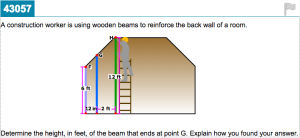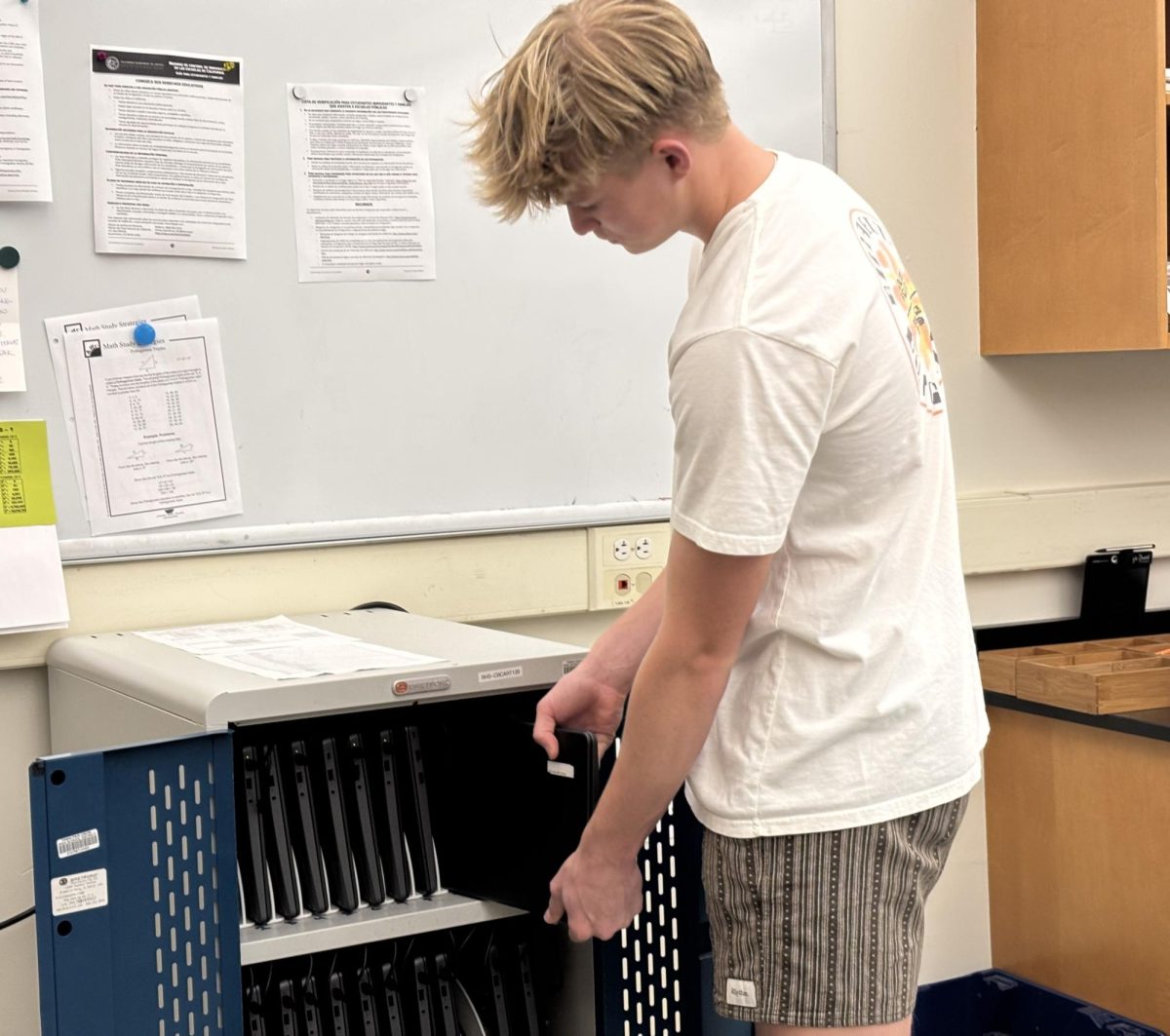This April, juniors will take the Smarter Balanced assessment, a standardized test that is part of the Common Core State Standards (CCSS) and designed to replace the Standardized Testing and Reporting (STAR) test.
The computer-based Smarter Balanced assessment will require students to type short answer responses to mathematics and English language arts questions that show a student’s level of understanding, rather than filling in a letter choice for each question with pencil and paper, as on the STAR test.
While the Smarter Balanced assessment does also include multiple choice questions, it is intended to force students to think more critically than the standardized tests to which students are accustomed, according to Assistant Principal Katy Foster.

“The [Smarter Balanced assessment] is adaptive, so as you get test items wrong or right, it changes the difficulty level in a way to give you test questions that match where you are,” Foster said.
In this way, the Smarter Balanced assessment aims to produce score reports that better measure a student’s capabilities than STAR test results.
“It’s a more realistic snapshot of not only knowledge, but skill as well. It’s better information from an assessment that’s not just the standard multiple choice,” Foster said.
Though the assessment will test students on the Common Core State Standards, a set of national educational standards adopted by California in 2010, Redwood has not had to adjust its curriculum in preparation for the implementation of the Smarter Balanced assessment, according to Foster.
“As we looked at our curriculum, we made sure that it aligned, but we didn’t do any specific Common Core work,” Foster said.
That being said, Foster said certain math requirements were added to the curriculum, though not specifically for the purpose of meeting Common Core mathematics standards.
“I don’t know if the mathematical practices would have been incorporated in our curriculum, so, if anything it was an addition more than a change,” she said.
Foster said that when the school compares its curriculum to the requirements, it does not feel compelled to adjust solely for the sake of a new standardized test.
“We always look at our curriculum and as we do, we look at whatever the national standards or state standards are at the time to make sure that we’re meeting those needs. But we still create our own curriculum,” Foster said.
Even though students will be asked only mathematics and English language arts questions on the Smarter Balanced assessment, Foster said there are skills from other departments that are necessary and useful on the exam.
“There are English standards that relate to social studies that have to do with writing, reading, and argument,” she said. “We look at those to make sure that we’re incorporating them in our curriculum.”
The types of questions asked on the test will include selected-response items (similar to multiple-choice questions), technology-enhanced items (which allow students to perform tasks on the computer that would not be possible on pencil and paper, such as editing text, drawing or dragging objects, and watching videos), and constructed-response items (students type the answers themselves). Finally, performance tasks are questions that bring together skills from different standards. Because of the style of some questions on the assessment, certain ones will have to be hand-scored.
According to the Common Core website, 43 states have adopted its standards. It is up to the states to decide which of two assessments they will administer in order to test students on the CCSS. Some states have chosen to administer the Smarter Balanced assessment, while others have chosen to test students with the Partnership for Assessment of Readiness for College and Careers (PARCC) test.
Last year, the Smarter Balanced assessment underwent a trial in each of the states participating. For the Tamalpais Union High School District (TUHSD), the assessment was conducted only at Sir Francis Drake High School.
The STAR test will no longer be administered at Redwood, with one exception: all tenth graders will continue to take a Life Sciences STAR test.
Had the Smarter Balanced assessment not been implemented this year, all ninth, tenth, and eleventh graders would have taken the STAR test as in years past.
Foster sees the shift from the STAR test to the Smarter Balanced assessment as another example of a broader transition from “rote memorization to bigger ideas and concepts.” She cited the recent AP Biology and US History exam modifications as examples of this trend.





